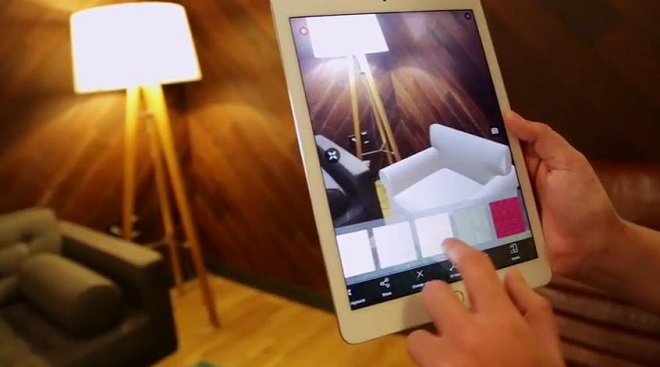We are currently conducting research on the topic of luxury travel and have been asking people about what elevates an experience to the level of luxury. I’ve been struck by the fact that their answers can all be boiled down to one thing: superior customer experience.
But here’s the “secret:” providing superior customer experience isn’t limited to the luxury category; mainstream companies can do it, too! To do so, many companies need to shift their focus. Rather than just focusing on getting good scores in customer experience surveys, they need to look beyond that and figure out how to improve the customer experience.

Let me give you an example: our website and email stopped working recently, so I called our web host’s tech support. It turned out there was a technical issue, and they didn’t know when it would be fixed. Afterward, I received a customer experience survey asking me about the rep I talked to. She was polite and pleasant, so I gave a rating of five out of five. The technical problem certainly wasn’t her fault. But does that mean I was happy? No! One thing that would have made me happier: if I could have found the information about the technical problem on the host’s website, rather than having to make a call. Or imagine if the rep had told me that she would move our website to a different server, so that we could be back up and running immediately. I don’t know if that’s technically feasible, but if it were, I would have been ecstatic and would have told everyone I know! But I wasn’t asked about what could be improved.
Our luxury travel research provides some clues about where companies can look when it comes to improving the customer experience:
- People love personalization. A guest at the Ritz in Bali received specific flowers in her room with a note saying the staff saw her admiring the flowers in the lobby. While mainstream companies don’t have the staffing for that level of personalization, they can use digital tools to keep track of customer preferences. Or it can be even simpler: United Airlines flight attendants recognize passengers in Premium Economy by name. Customers are surprised and gratified (since that usually only happens in business class), but it’s relatively simple for flight attendants to do, since they have passenger names on the manifest.
- People hate waiting. Luxury providers find ways to change the experience of waiting. For example, a cruise provider might take passengers’ registration information while they’re waiting to check in, or a restaurant might provide drinks and hors d’oeuvres while diners wait for their table. Mainstream companies can look for ways to occupy customers while they wait… and may even discover additional selling opportunities!
- People want their problems solved. High-end providers empower their employees to fix customers’ problems. The Ritz Carlton is known for allowing employees to spend up to $2,000 to solve a customer’s problem without manager approval (note: they rarely spend that much). While mainstream companies usually can’t spend that kind of money, they can empower employees to solve problems and make exceptions to rules when appropriate.
We encourage our clients to go beyond asking their customers to score their customer experience and instead research the experience itself and look for opportunities to make customers happier. Email me at info at bureauwest.com and let’s discuss how to do that!
Sources: “Treat Them Like Royalty: Customer Experience Lessons From Luxury Brands,” Forbes, 4/12/22; Bureau West research


